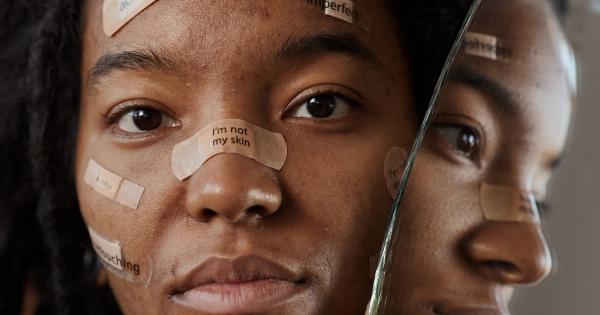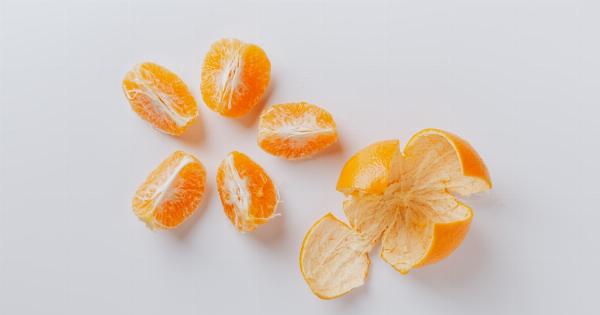Acne is a common skin condition that affects millions of people worldwide. It occurs when hair follicles become clogged with oil and dead skin cells, leading to the formation of pimples, blackheads, whiteheads, and other blemishes on the skin.
While acne is most commonly associated with teenagers going through puberty, it can affect individuals of all ages. Understanding the different types of acne can help you identify the appropriate treatment and skincare routine for your specific needs.
In this comprehensive guide, we will explore the various types of acne and provide insight into managing and preventing breakouts.
Types of Acne
1. Whiteheads: These are closed comedones that appear as small, flesh-colored bumps on the surface of the skin. They occur when a pore becomes clogged with oil and dead skin cells but remains closed.
2. Blackheads: Unlike whiteheads, blackheads are open comedones. They appear as small, dark spots on the surface of the skin and are caused by the oxidation of oil and dead skin cells within the pore.
3. Papules: Papules are small, red, inflamed bumps that are typically tender to the touch. They occur when the walls of the hair follicle rupture, causing the body’s immune response to trigger inflammation.
4. Pustules: Pustules are similar to papules but contain pus. They appear as red bumps with a white or yellowish center and are often referred to as pimples.
Pustules occur when the follicular wall ruptures, leading to an accumulation of bacteria.
5. Nodules: Nodules are larger and more severe than papules or pustules. They form deep within the skin and are often painful.
Nodular acne occurs when clogged pores become further irritated and infected, leading to the development of hard, solid bumps.
6. Cysts: Cysts are the most severe form of acne and are often painful and prone to scarring. They are large, pus-filled lesions that develop deep within the skin. Cystic acne is caused by an infection deep within the hair follicle.
Identifying Your Acne Type
Identifying your specific type of acne is crucial for selecting the most effective treatment plan. Here are some tips for identifying your acne type:.
1. Observe the Appearance
Take note of the characteristics of your blemishes. Are they small and flesh-colored? Do they have a blackened tip? Are they red and inflamed? Recognizing the visual appearance of your acne can provide valuable clues about its type.
2. Consider the Sensations
Does your acne feel tender or painful to the touch? Papules, pustules, nodules, and cysts often cause discomfort due to the inflammation and immune response occurring within the skin.
3. Assess the Severity
Acne can range from mild to severe. Assessing the extent of your breakouts can help determine whether you have a mild form of acne, such as whiteheads or blackheads, or more severe forms like nodules or cysts.
Treating Different Types of Acne
1. Whiteheads and blackheads: These can often be treated with topical over-the-counter products containing ingredients like salicylic acid or benzoyl peroxide.
Maintaining a consistent skincare routine, including gentle cleansing and exfoliation, can help minimize their occurrence.
2. Papules and pustules: These inflammatory acne types may require prescription-strength topical medications or antibiotics. It is best to consult a dermatologist for appropriate treatment options.
3. Nodules and cysts: Severe forms of acne may require a multi-faceted approach.
Prescription medications such as isotretinoin might be recommended, along with other treatments such as corticosteroid injections or drainage procedures performed by a dermatologist.
Preventing Acne Breakouts
While it may not be possible to prevent acne entirely, adopting certain lifestyle changes and skincare practices can help minimize breakouts:.
1. Cleanse Gently
Wash your face twice daily using a gentle cleanser. Avoid harsh scrubbing or using abrasive exfoliants, as these can irritate the skin and worsen acne.
2. Avoid Touching Your Face
Avoid touching your face with your hands, as they can transfer dirt, bacteria, and oil onto your skin, leading to breakouts. Additionally, squeezing or picking at acne can cause further inflammation and potential scarring.
3. Use Non-comedogenic Products
Choose skincare and cosmetic products labeled as non-comedogenic, which means they are less likely to clog pores and contribute to acne formation.
4. Maintain a Healthy Diet
While there is no direct link between specific foods and acne, a balanced diet filled with fruits, vegetables, whole grains, and lean proteins can promote overall skin health.
5. Manage Stress Levels
Stress can trigger hormonal changes in the body that may contribute to acne. Find healthy ways to manage stress, such as practicing relaxation techniques or engaging in regular exercise.
Conclusion
Acne can vary in type and severity, requiring tailored treatment approaches. Identifying your acne type is the first step in developing an effective skincare routine and seeking appropriate medical advice.
By following a consistent skincare regimen and adopting healthy lifestyle practices, you can manage and prevent acne breakouts, promoting clearer and healthier skin.






























